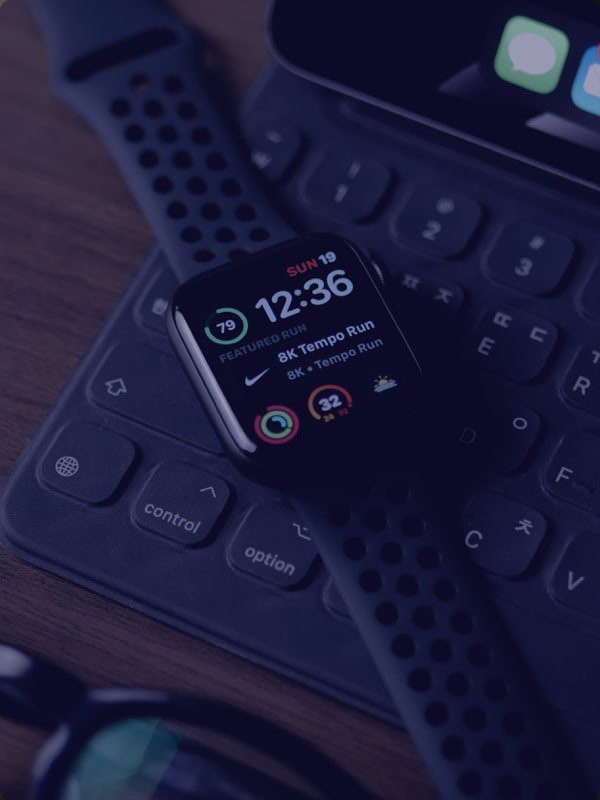Low vs. High Impact Workouts: What Women Over 30 Need
Introduction
After reaching 30, the decision between Low vs. High Impact exercise fundamentally depends on three critical factors. (1) maintaining joint health and integrity. (2) adapting to hormone-related physiological changes. (3) meeting bone-density preservation requirements. Low-impact activities such as brisk walking, cycling, and Pilates safeguard cartilage health while accelerating recovery processes. High-impact bouts—jump squats, running, plyometrics—are unbeatable for building hip and spine bone strength. But the spike injury risk if progression or pelvic-floor support is poor. Blending both inside an ACSM-style program (150 min cardio plus two strength days weekly) delivers longevity, shape, and hormonal balance. Provided you periodize intensity and listen to your body.
Why the Debate Matters After 30
Hormonal & Metabolic Shifts
Estrogen, progesterone, growth hormone, and even thyroid output start tapering in the early 30s, gradually slowing resting metabolism and altering fat distribution. Overdoing high-intensity sessions without adequate fuel can further flatten estrogen and progesterone. While driving cortisol sky-high, leading to fatigue, stalled weight loss, or cycle irregularity.
Bone & Muscle Changes
Peak bone mass peaks by the late 20s. By 35 the body breaks down bone faster than it rebuilds, magnifying osteopenia risk. Especially for women with low dietary calcium or sedentary jobs. Muscle mass also slips 3–5% per decade unless countered with resistance or impact stimuli. Here’s where the Low vs. High Impact Workouts decision becomes pivotal.
Low vs. High Impact Workouts: Gentle Yet Mighty
Key Benefits
Joint Preservation
Walking, swimming, and elliptical training spare the knees and hips from the 2.5-to-4× body-weight forces seen in plyometrics, slashing overuse pains and osteoarthritis flare-ups.
Sustainable Calorie Burn
One hour of leisurely lap swimming can rival the burn of a six-mile run, minus the pounding. Lower post-workout soreness means you can log more active days each week. Adding up to hefty energy expenditure.
Mental Well-Being
Even a daily hour-long walk lowers depression rates and raises endorphins. A boon for women juggling career, family, and fluctuating hormones.
Who Should Prioritize Low-Impact?
- Women with prior ACL or ankle injuries.
- Postpartum moms rebuilding core and pelvic floor integrity.
- Anyone experiencing stress urinary incontinence during jumps or sprints.
- Beginners restarting fitness after years of desk work.
Yet remember: Low vs. High-Impact Workouts isn’t either/or—strength-training days and light impact add the bone stimulus, low-impact cardio lacks.
Low vs. High Impact Workouts: Power with a Punch
Key Benefits
Bone Density Boost
Impacts above 4.2 G (e.g., 10-min-mile running or 15-inch box jumps) significantly stiffen hip bones and cut future fracture odds. A Finnish RCT found that 50 daily jumps over four months raised femoral-neck BMD in pre-menopausal women.
Cardio & Metabolic Upside
HIIT sprints spur excess post-exercise oxygen consumption (EPOC). Driving calorie burn long after you rack the dumbbells. They also enhance VO₂-max more efficiently than steady-state cardio. A lifesaver for busy schedules.
Risks and Red Flags
- Joint Injuries & Pain – Repetitive ground reaction forces can inflame cartilage and tendons, particularly in knees and ankles.
- Pelvic-Floor Strain – Running and jumping increase intra-abdominal pressure. Triggering leaks or prolapse in predisposed women.
- Overtraining Syndrome – Without periodized rest, HIIT can skyrocket cortisol and tank female sex hormones.
Mitigate hazards by mastering form, wearing supportive shoes. Spacing HIIT to 1–2 sessions weekly, and weaving in recovery yoga or mobility flows.
Designing Your Balanced Routine
ACSM Baseline
Healthy adults should clock 150 minutes of moderate cardio. Or 75 minutes of vigorous cardio weekly, plus full-body resistance training twice weekly.
Putting It Together: A Sample Week (Feel free to swap days)
| Day | Focus | Rationale | Impact Level |
| Mon | 40 min brisk walk + mobility | Active recovery & calorie burn | Low |
| Tue | Strength (squats, rows, hip thrusts) | Muscle & bone loading | Moderate |
| Wed | 20 min HIIT run (30 sec sprint / 60 sec walk x10) | VO₂, BMD stimulus | High |
| Thu | Pilates or yoga | Core, pelvic floor, cortisol reset | Low |
| Fri | Strength (deadlifts, overhead press, lunges) | Hormone-balancing muscle work | Moderate |
| Sat | Trail hike or swim 60 min | Endurance, mental health | Low |
| Sun | Jump-training mini-circuit (40–60 jumps) | Hip-bone density | High but brief |
Blend of Low vs. High Impact Workouts keeps joints calm, bones loaded, and hormones harmonized.
Pelvic Floor & Core Considerations
- Perform three sets of 10 slow Kegels daily. Exhale on exertion during lifts to avoid bearing-down pressure.
- If leaks occur during high-impact moves, scale to a marching alternative or wear a support pessary until strength improves.
- Postpartum? Stick to low-impact cardio. Progressive core rehab and gentle strength for the first 12–16 weeks before re-introducing plyometrics.
Frequently Asked Questions
Q1. Is walking enough for weight loss after 30?
A brisk 45-minute walk daily can create a caloric deficit. But pairing it with two resistance sessions weekly prevents muscle loss and metabolic slowdown.
Q2. How many high-impact sessions are safe each week?
Most sports-medicine experts cap structured HIIT or jump sessions at 2 per week. Separated by at least 48 hours to curb overuse injuries.
Q3. Can high-impact exercise reverse early osteopenia?
Yes. Studies show targeted jumping and running elevate femoral neck and lumbar BMD within 6–12 months in pre-menopausal women.
Q4. I leak when I run; does that mean I must give up high-impact forever?
Not necessarily. Work with a pelvic-floor physiotherapist, strengthen core sling muscles. And gradually reload the impact while monitoring symptoms.
Q5. Does HIIT wreck female hormones?
HIIT in moderation enhances insulin sensitivity and growth-hormone pulses. Problems arise when high frequency meets low calories and minimal rest. Elevating cortisol and decreasing estrogen/progesterone.
Q6. What’s the magic ratio of Low vs. High Impact Workouts?
There’s no universal formula. A 70/30 split (low/high) suits most women over 30 who want fat loss, bone strength, and longevity without chronic aches. Adjust based on injury history and training age.
Bottom Line
Mastering Low vs. High-Impact Workouts training isn’t a trendy binary. It’s an artful blend. Anchor your week with joint-friendly cardio and purposeful lifting. Sprinkle in strategic jumps or sprints for bone and metabolic sparks. And respect hormonal feedback loops. Do that, and your 30s—and 40s, 50s, and beyond—will look and feel fiercely strong.


